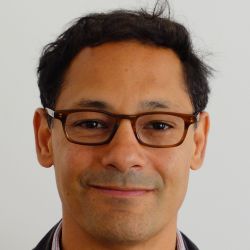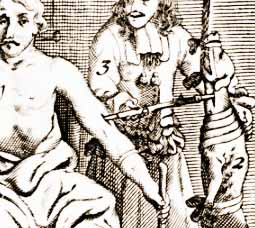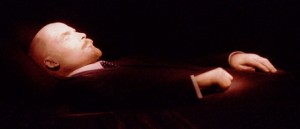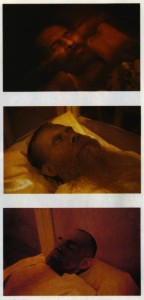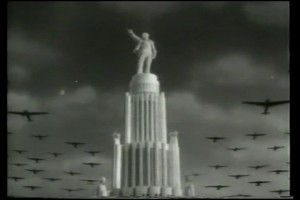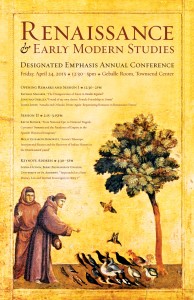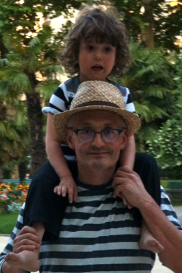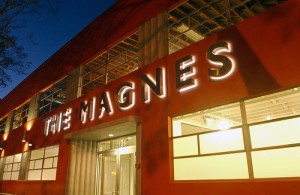Presence Through Absence: Thresholds and Mimesis in Painting
by Beate Fricke
The essay begins:
An aged and venerable man in a black habit is sitting in the country with a book in his hands. Slightly confused about whom this might be, but intrigued by the idyll, the viewer leans in to take a closer look at the label on the wall of the museum in Brussels where the painting hangs.  Next to this exquisite painting he reads its attribution to the southern Flemish school of the first quarter of the sixteenth century, and its subject: “La tentation de saint Antoine” and on the line below that, “De bekoring van de heilige Antonius.” Still unsure whether the French “temptation” is in fact the same as the Flemish “enchantment,” the modern view returns his gaze to the painting. Analogies to other paintings that clearly depict Saint Anthony sweep away his initial doubt about whom the painting shows—it is Saint Anthony (and not another prophet or saint, for example, Job).
Next to this exquisite painting he reads its attribution to the southern Flemish school of the first quarter of the sixteenth century, and its subject: “La tentation de saint Antoine” and on the line below that, “De bekoring van de heilige Antonius.” Still unsure whether the French “temptation” is in fact the same as the Flemish “enchantment,” the modern view returns his gaze to the painting. Analogies to other paintings that clearly depict Saint Anthony sweep away his initial doubt about whom the painting shows—it is Saint Anthony (and not another prophet or saint, for example, Job).
In the foreground, Anthony sits atop a small hill in a kind of garden with a variety of plants. Placed next to him are a shiny jar and a plate, probably both made of brass. Behind him a bright hillside undulates with lighter colored grass; at the bottom of the hill lies a body of water, possibly a pond or small creek. The bridge on the right side of the panel leads through a roofed gate; a herald is stepping through it. Through the opening of the gate and above the flowering hedge on either side of it we see an enclosed strip of lawn. Two trees, browsing animals, and the front side of a house at the edge of the forest all enclose the area against the darker background. An old picket fence leads the beholder to assume that a kitchen garden is located to the right side of the house. In the shadowed semidarkness to the left of the house a path leads into the forest.
What we see at first glance—this peaceful landscape and the silence of the reading or meditating hermit—appears on further inspection rather uncanny. Continue reading …
In this essay, through a close reading of a little-known painting of the Temptation of Saint Anthony, Beate Fricke proposes that every convening of images inspired by the viewing of a picture is a unique “event,” a transformation that occurs during the act of perception, in which various images can be seen as an assemblage generated by one picture. The analysis of such assemblages provides insight into the making and reception of the image, as well as the potential variance between the artist’s making and viewer’s reception. Further, such analysis reveals a structure of “thresholds” within the picture, a structure that refers to inherent principles of representation and mimesis.
BEATE FRICKE is Associate Professor of Medieval Art at the University of California, Berkeley. She is the author of Fallen Idols, Risen Saints and co-editor of Bilder und Gemeinschaften, Studien zur Konvergenz von Politik und Ästhetik in Kunst, Literatur und Theorie, a volume on the contribution of images to the formation of communities from late antiquity to the twenty-first century, and The Public in the Picture, essays on the beholder in antique, Islamic, Byzantine, and Western medieval and Renaissance art. Currently she is preparing a monograph called Beautiful Genesis: Creation and Procreation in Medieval Art.



